In spite of 2020’s black swan event (COVID-19), leasing activity in Central Pennsylvania continued with mixed results. Normally insulated from strong economic downturns, the coronavirus tested the Central Pennsylvania Region and there are reasons for both concern and optimism.
On the negative side: massive job losses in retail and a significant manufacturing base could cause serious disruption. Roughly 30,000 people were employed in the retail sector in March, and close to that number were also employed in manufacturing. Though manufacturing’s future remains less clear and the market could be buoyed by the region’s deep presence of food production, retail has been hard hit by the shutdown.
While being the state’s capital will provide some shelter in the coming months, Pennsylvania’s fiscal situation is a mess. Financial troubles could portend future government layoffs and by the third quarter, the state had already cut 2,500 government jobs.
There’s little chance the economy doesn’t cool in Central Pennsylvania but the market does have some factors working in its favor. BLS data shows the market has lost about 5% of its total non-farm employment levels since March. While this is obviously a significant reduction, it does compare well with nearby Lehigh Valley and Pittsburgh. While Harrisburg’s demographic gains won’t raise any eyebrows, the region does stand out in Pennsylvania. Cumberland County is one of the fastest-growing counties in the state, likely aided by the growing logistics and warehouse presence along the Carlisle Corridor.
The logistics sector is expected to hold up well and perhaps even grow as e-commerce continues its acceleration. An Adobe report from June showed that online spending was up 77% year over year, representing growth in e-commerce that experts were not forecasting the country to reach until 2026. Central Pennsylvania’s location is prime for shipping, and such a scenario could lead to more jobs and perhaps fuel additional growth in population.
Additionally, Central Pennsylvania is also trying to evolve into a knowledge-based economy and has adopted business-friendly incentives that have helped create nearly two dozen tech startups, which have generated 1,000 jobs. Education and health services jobs, which now track evenly with government jobs in the state’s capital, grew by more than 4% annually.
How does the ever-shifting economy impact the commercial real estate market, particularly as it pertains to commercial leases?
It comes as no surprise that industrial real estate leases in 2020 carried the largest square footage, with the top lease coming in at more than 1.1M SF to Lowes Distribution Center in Shippensburg. Additionally, Bob’s Discount Furniture will be moving into the former Best Buy in Lancaster, and Hershey will be getting a new Big Lots in the Hershey Square Shopping Center. The top five flex leases also provided businesses with hundreds of thousands of Class B Flex Space. Keep reading to view the top 5 leases from 2020 for office, retail, industrial, and flex space.
Top 5 Office Leases
#1 – 1929 Lasalle Ave – Bldg 134, Lancaster, PA 17601
High Associates Ltd. leased out the 29,000 SF Class C Office Building built in 1974 to Equipment Depot beginning in January of 2020 for a 1-year term. It had previously been vacant for 164 months.
#2 – 1803 Mt Rose Ave – Bldg B, York, PA 17403
Kinsley Properties leased out the 23,704 SF Class C Office Building built in 1988 to IDS, LLC beginning in February of 2021 for a 5-year term. It had previously been vacant for 13 months.
#3 – 990 Peiffers Ln – NRG Engine Services, Harrisburg, PA 17109
Campbell Commercial Real Estate leased out the 23,382 SF Class B Office Building built in 1987 to UPS Midstream Services Inc. beginning in February of 2020 for an unspecified term.
#4 – 1770 Hempstead Rd – Greenfield Corporate Center, Lancaster, PA 17601
High Associates Ltd. leased out the 16,088 SF Class B Office Building built in 1990 to an unnamed leasee beginning in November of 2020 for unspecified term. It had previously been vacant for 19 months.
#5 – 200 Corporate Center Dr – 200 Corporate Center Dr, Camp Hill, Camp Hill, PA 17011
Cushman & Wakefield leased out the 11,655 SF Class A Office Building built in 1986 to an unnamed leasee in August of 2020 for an unspecified term. It had previously been vacant for 52 months.
Top 5 Retail Leases
#1 – 3975 Columbia Ave, Columbia, PA 17512
The 86,100 SF Class B Retail Building built in 1992 was leased to U-Haul, as the single tenant, beginning in June of 2021.
#2 – 1801 Hempstead Rd – Former Best Buy, Lancaster, PA 17601
Bennett Williams Commercial and ShopCore Properties leased out the 45,915 SF Class B Retail Building built in 2009 to Bob’s Discount Furniture beginning in September of 2020 for a 10-year term. It had previously been vacant for 23 months.
#3 – 921 E Main St – Mount Joy Square Shopping Center, Mount Joy, PA 17552
Bennett Williams Commercial leased out the 44,761 SF Class B Retail Building built in 1989 to an unnamed business beginning in March of 2021. It had previously been vacant for 25 months.
#4 – 1130-1170 Mae St – Hershey Square Shopping Center, Hummelstown, PA 17036
Bennett Williams Commercial leased out the 38,202 SF Class B Retail Building built in 1994 to Big Lots beginning in June of 2020 for a 10-year term. It had previously been vacant for 12 months.
#5 – 4075 E. Market St – York, PA 17402
The Flynn Company leased 27,000 SF Class C Industrial/Manufacturing Building built in 1972 to No Piston, LLC beginning in October of 2020 for a 5-year term.
Top 5 Industrial Leases
#1 – 1 Walnut Bottom Rd – Shippensburg 81 Logistics Center, Shippensburg, PA 17257
Colliers International leased out the 1,100,500 SF Class A Industrial Building completed in 2020 to Lowes Distribution Center beginning in February of 2021. It had previously been a vacant shell space for 160 months.
#2 – 200 Goodman Dr – Building 2, Carlisle, PA 17013
CBRE leased out the 938,828 SF Class A Industrial Building built in 2017 to Syncreon beginning in December 2020. It had previously been vacant for 44 months.
#3 – 951 Centerville Rd – Penn Commerce Center – Building A, Newville, PA 17241
Cushman & Wakefield leased out the 807,998 SF Class A Industrial Building to an unnamed leasee. It had previously been vacant for 5 months.
#4 – 4875 Susquehanna Trl – ES3 LLC Bldg 1, York, PA 17406
The 790,042 SF Class B Industrial Building was leased to ES3, a Professional, Scientific, and Technical Services company, beginning in February 2020 for an unspecified term.
#5 – Centerville Rd – Penn Commerce Center – Building B, Newville, PA 17241
Cushman & Wakefield leased out the 753,000 SF Class B Industrial Building to an unnamed lease beginning on January 2021. It had previously been vacant for 3 months.
Top 5 Flex Leases
#1 – 60-64 Industrial Rd, Elizabethtown, PA 17022
Cushman & Wakefield leased out the 113,720 SF Class B Flex Space completed in 1992 to WillScot beginning in September of 2020. It had previously been a vacant shell space for 13 months.
#2 – 1740 Hempstead Rd – Building 380, Lancaster, PA 17601
High Associates, Ltd. leased out the 34,000 SF Class B Flex Space completed in 1964 to an unnamed business beginning in January of 2021. It had previously been a vacant shell space for 92 months.
#3 – 6400 Flank Dr, Harrisburg, PA 17112 – Harrisburg Area East Ind Submarket
NAI CIR leased out the 32,212 SF Class B Flex Space completed in 1987 to an unnamed business beginning in June of 2020. It had previously been a vacant shell space for 3 months.
#4 – 1000 Kreider Dr – Building A, Middletown, PA 17057
CBRE leased out the 12,030 SF Class B Flex Space completed in 2006 to an unnamed business beginning in August of 2020. It had previously been a vacant shell space for 8 months.
#5 – 3545 Marietta Ave – Silver Spring Center, Lancaster, PA 17601
Prospect Leasing & Management leased out the 7,192 SF Class B Flex Space completed in 1997 to an unnamed business beginning in January of 2021 for a 5-year term. It had previously been a vacant shell space for 6 months.
With so much square footage having exchanged hands in Central PA in 2020, it will be interesting and important to keep an eye on how these businesses impact the region. There were quite a few properties that made it to this list that had sat vacant for years. Now with new tenants, this will drive jobs and contribute to the local economy. And with some of these leasing terms for 5, even 10 years, these businesses have made a commitment to being here long-term.
Among all the top leasing deals that took place in 2020, which sector – office, retail, industrial, or flex – do you think will have the largest and most immediate impact on the Central PA region? Share your thoughts by leaving a comment below.
*Data of the top commercial real estate sales provided by CoStar.


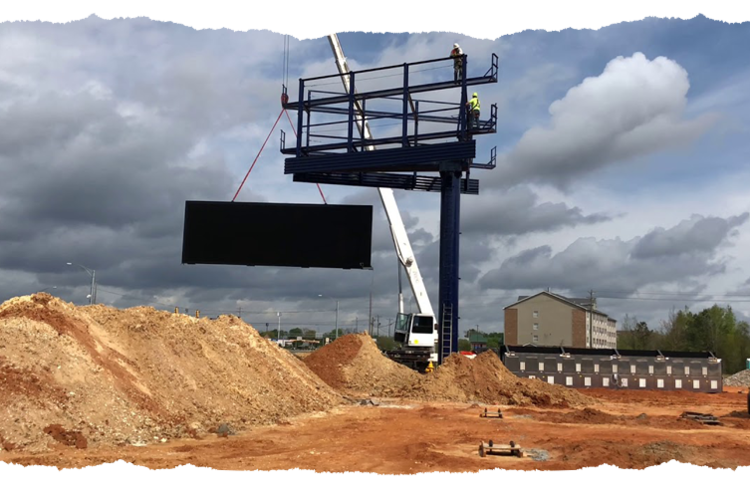

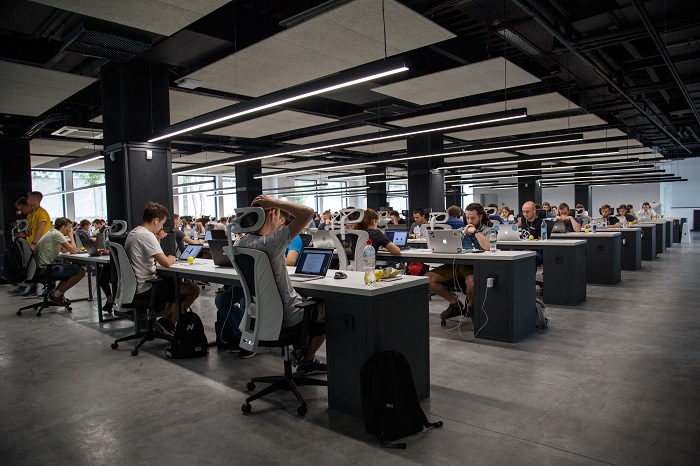
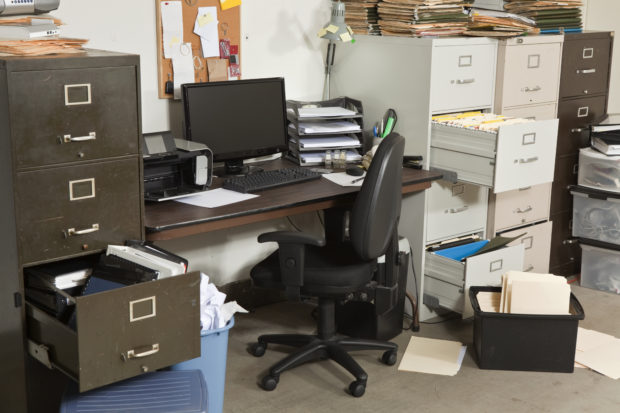
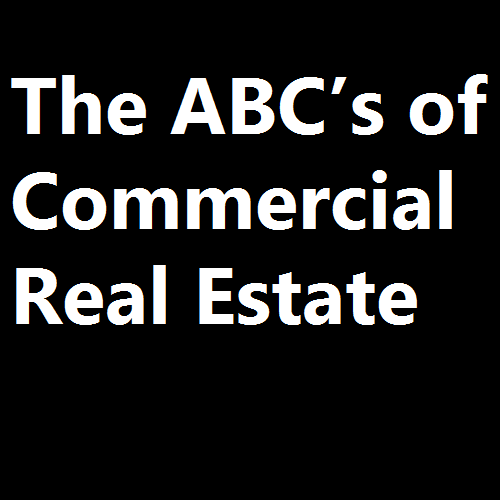
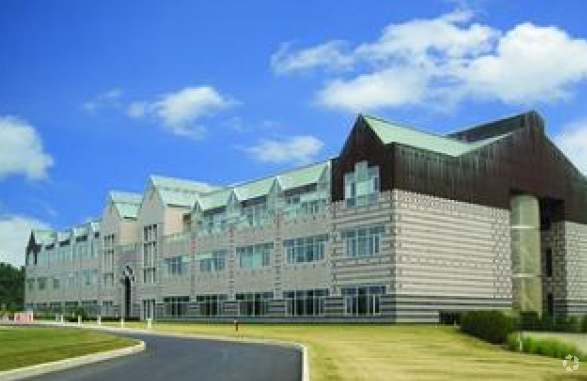
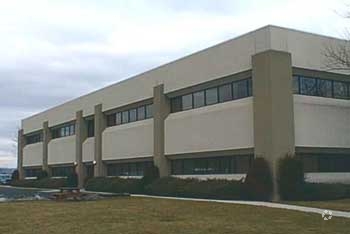
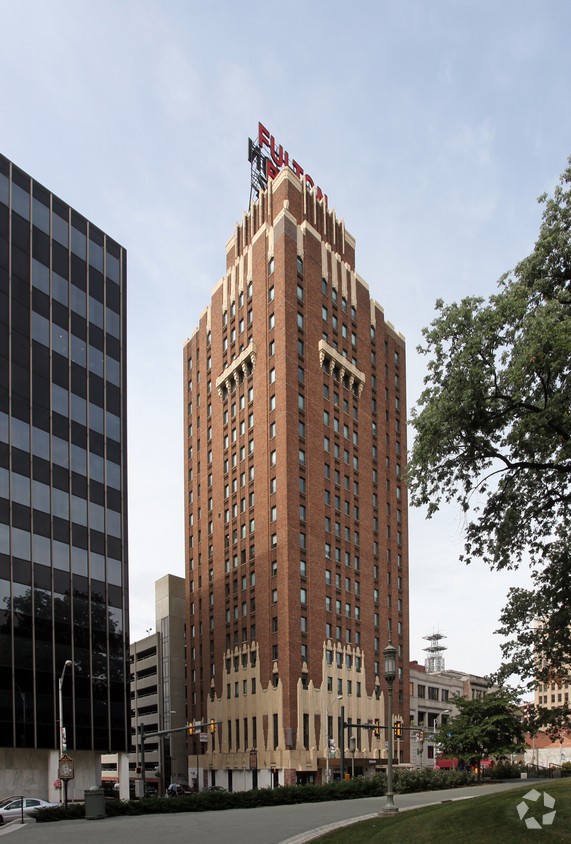
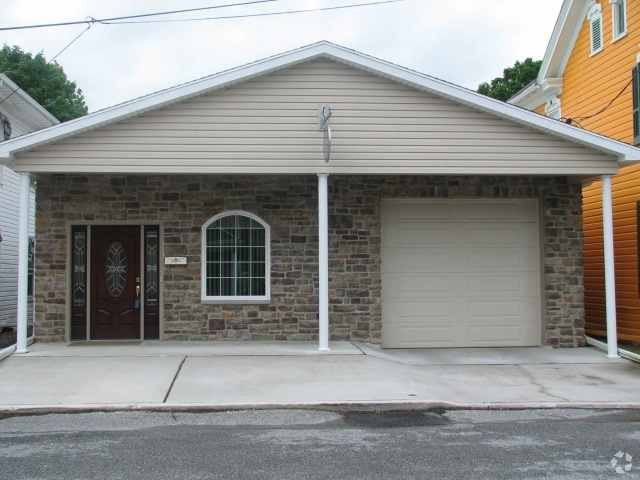
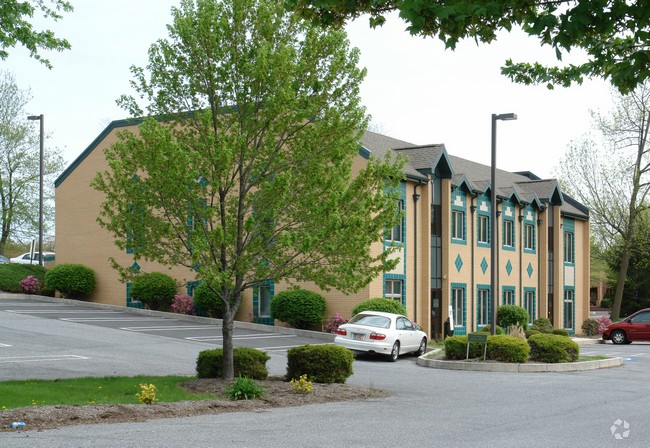
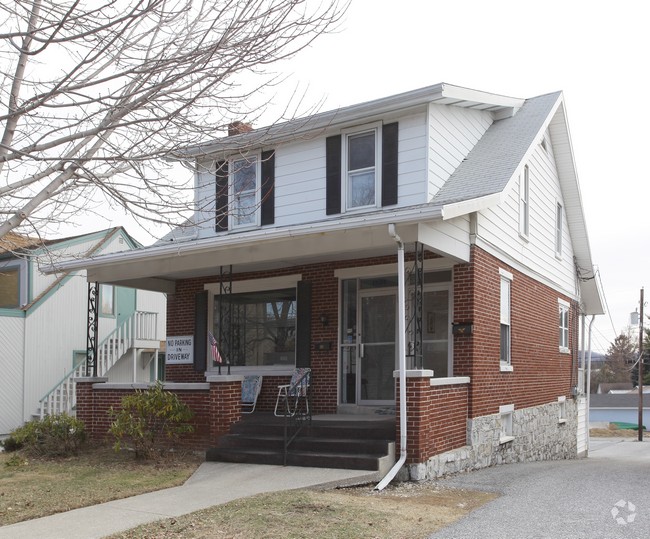
 This week we will conclude our discussion of the lease vs. buy decision as we address commercial real estate as an investment opportunity. Should you determine that you have enough capital to buy, you’ll be faced with which building to buy based on two distinct criteria: fulfilling your needs and making an investment.
This week we will conclude our discussion of the lease vs. buy decision as we address commercial real estate as an investment opportunity. Should you determine that you have enough capital to buy, you’ll be faced with which building to buy based on two distinct criteria: fulfilling your needs and making an investment. Last week, we discussed taking your company’s projected growth into consideration when deciding to buy or lease a commercial property. This week, we’ll address the buy/lease decision from the standpoint of cost effectiveness.
Last week, we discussed taking your company’s projected growth into consideration when deciding to buy or lease a commercial property. This week, we’ll address the buy/lease decision from the standpoint of cost effectiveness. or buy property. Both have their pros and cons, but there is not one right answer for everyone. You should ask yourself several questions before making a decision on this matter. How much growth do you foresee in your company’s future? What is the cost of buying (keeping in mind that this will include a down payment and a mortgage, but also initial inspection, appraisal, and loan fees) as opposed to paying rent? Based on market conditions, what is the investment potential of this property? Are you prepared to be a landlord if you should find that you have extra space? These are just the basic questions, and much more complicated accounting, tax, and legal questions can be expected down the road.
or buy property. Both have their pros and cons, but there is not one right answer for everyone. You should ask yourself several questions before making a decision on this matter. How much growth do you foresee in your company’s future? What is the cost of buying (keeping in mind that this will include a down payment and a mortgage, but also initial inspection, appraisal, and loan fees) as opposed to paying rent? Based on market conditions, what is the investment potential of this property? Are you prepared to be a landlord if you should find that you have extra space? These are just the basic questions, and much more complicated accounting, tax, and legal questions can be expected down the road.